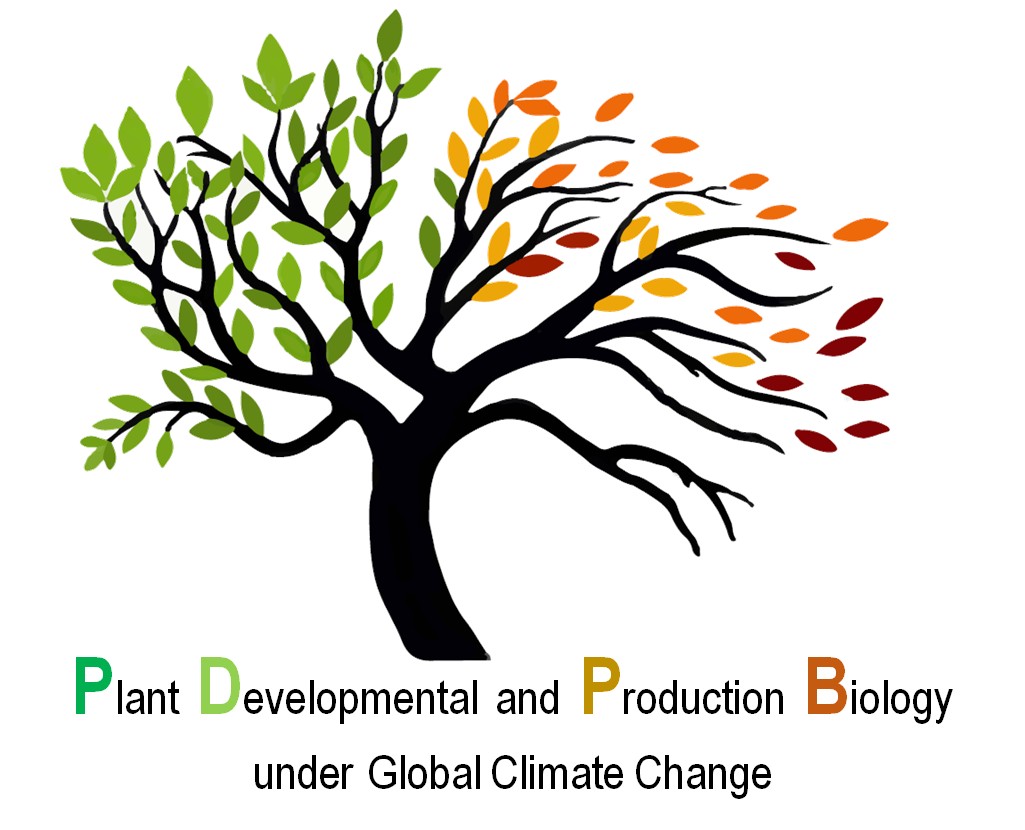| |
|
Early response of white cabbage (Brassica oleracea var. capitata) to increased salinity: transcriptomic, hormonal and metabolic status |
| |
|
Pavlovic I [a, b], Smolko A [b], Johnson S R [c], Pencik A [a, d], Strnad M [a, d], Novak O [a], Salopek-Sondi B [b] |
| |
|
|
| |
|
[a] Laboratory of Growth Regulators, Institute of Experimental Botany ASCR & Palacký University, Olomouc, CZ
[b] Ruder Boskovic Institute, Zagreb, HR
[c] 3Conagen Inc., Massachusetts, US
[d] Department of Chemical Biology and Genetics, Centre of the Region Haná for Biotechnological and Agricultural Research, Olomouc CZ
|
| |
|
|
| |
|
Soil salinization is a major agricultural problem, which impairs crops' growth, yields and quality. To understand the problems caused by salinity, it is clearly important to know the major crops' tolerance levels and mechanisms. Currently, most Brassica crop species are classified as moderately saline tolerant. To elucidate the mechanisms responsible for salt sensitivity in Brassicaceae, Brassica crop with global economic importance: white cabbage (Brassica oleracea var. capitata) was used in this study. An early response of white cabbage (within 24 hours) to 200 mM NaCl was observed at the transcriptome and hormonal level. Transcriptome analysis revealed changes in expression levels of genes involved in salt, osmotic and oxidative stress defense. Moreover, we found differences in the transcript levels of genes regulating signaling and homeostasis of main stress hormones: abscisic acid (ABA), salicylic acid (SA) and jasmonates (JAs) and growth regulator indole-3-acetic acid (IAA). The genes involved in the biosynthesis of glucosinolates, the specialized metabolites of Brassicaceae family, were also affected by salinity. Furthermore, UHPLC-MS/MS analysis of target phytohormones and glucosinolates was performed to determinate their levels after salt stress. In conclusion, our results provide an overview of the hormonal crosstalk, metabolite status and underline mechanism of salinity response in white cabbage.
|
| |
|
|
| |
|
This work was supported by the Croatian Science Foundation (project no. IP-2014-09-4359), the Ministry of Education, Youth and Sports of the Czech Republic (European Regional Development Fund-Project ‘Plants as a tool for sustainable global development’ no. CZ.02.1.01/0.0/0.0/16_019/0000827), and the Czech Science Foundation (project no. 17-06613S). |
|

